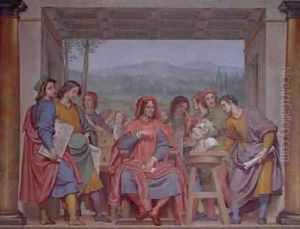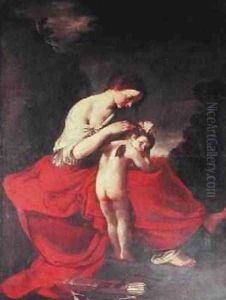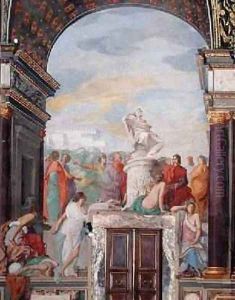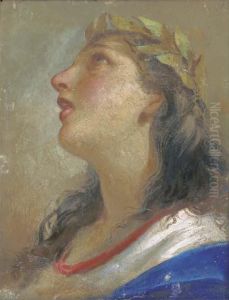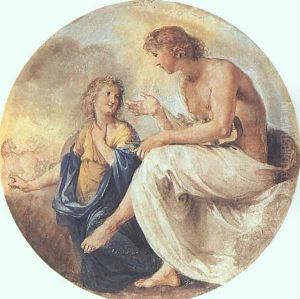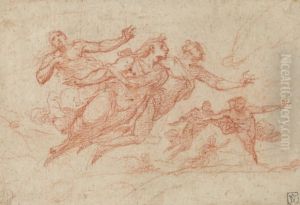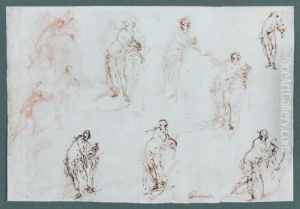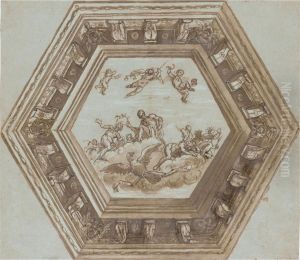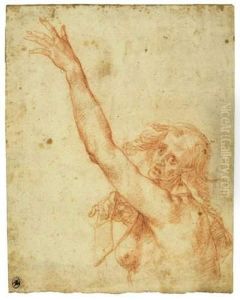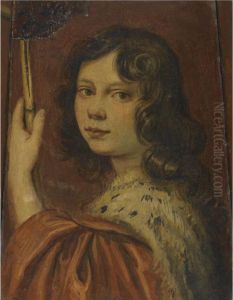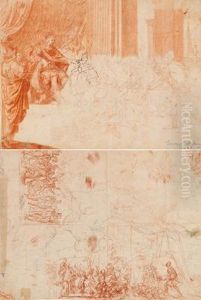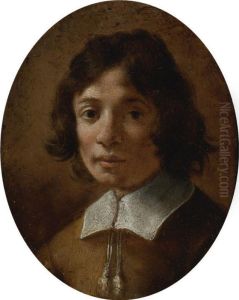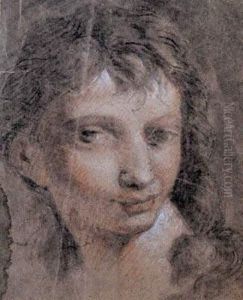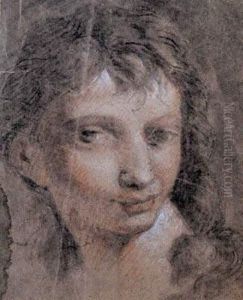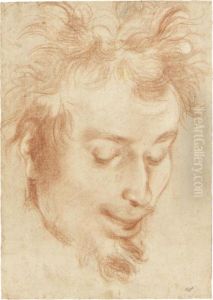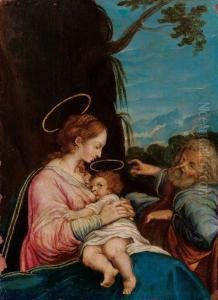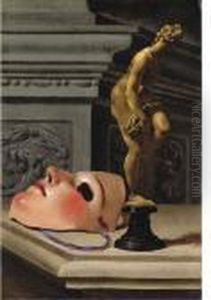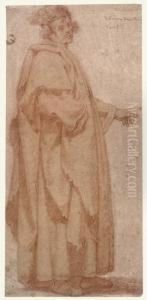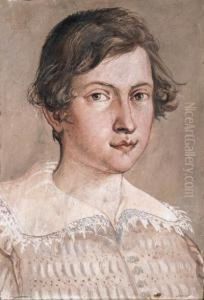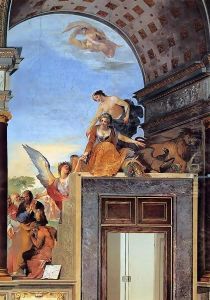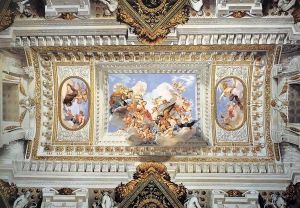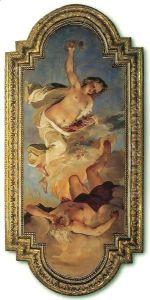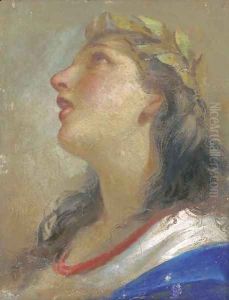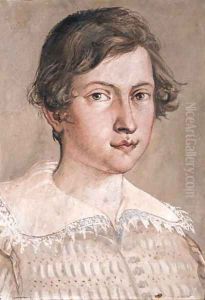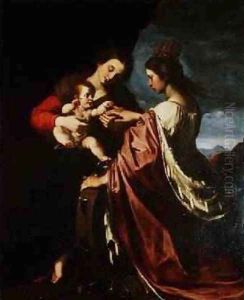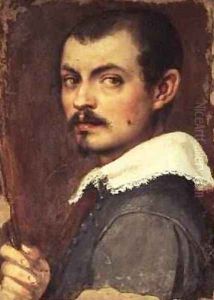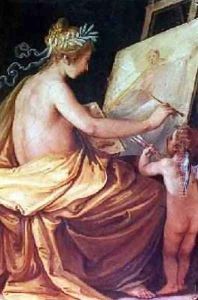Giovanni Giovanni da San (Mannozzi) Paintings
Giovanni da San Giovanni, also known as Giovanni Mannozzi, was an Italian painter of the early Baroque period. He was born in San Giovanni Valdarno, from which he took his name, in 1592. Giovanni was a contemporary of other notable painters such as Guido Reni and Guercino, and he often gets compared to his fellow Tuscan, Matteo Rosselli.
Giovanni displayed an early talent for art and was sent to study under Matteo Rosselli in Florence, who had a significant influence on his style and technique. His works are noted for their lively and graceful figures and a use of color influenced by Venetian painting, although he maintained a distinctly Florentine approach to composition.
Throughout his career, Giovanni da San Giovanni undertook various important commissions. He worked extensively on frescoes in his native Tuscany, including the decoration of the Casino Mediceo and the Sala dei Gigli in the Palazzo Vecchio in Florence. His work also includes altarpieces and private devotional paintings, which were well received for their vibrancy and expressiveness.
Despite his talents, Giovanni's career was marked by controversy, including a scandalous love life and conflicts with patrons. His behavior sometimes overshadowed his artistic achievements, but his work was influential in the development of Baroque painting in Tuscany.
Giovanni da San Giovanni's output was prolific, and his style evolved over time, showing an increasing interest in dramatic lighting and more dynamic compositions, characteristics that align him with the broader Baroque movement. He died prematurely at the age of 44 in 1636. His legacy, while not as well-known as some of his contemporaries, is appreciated for its contribution to the transition between the late Renaissance and early Baroque styles in Italian art.
